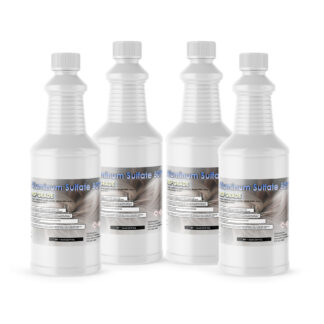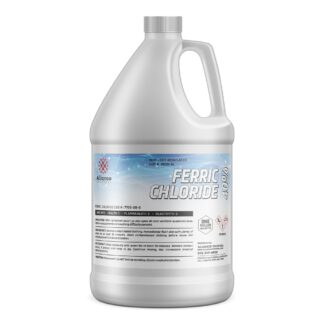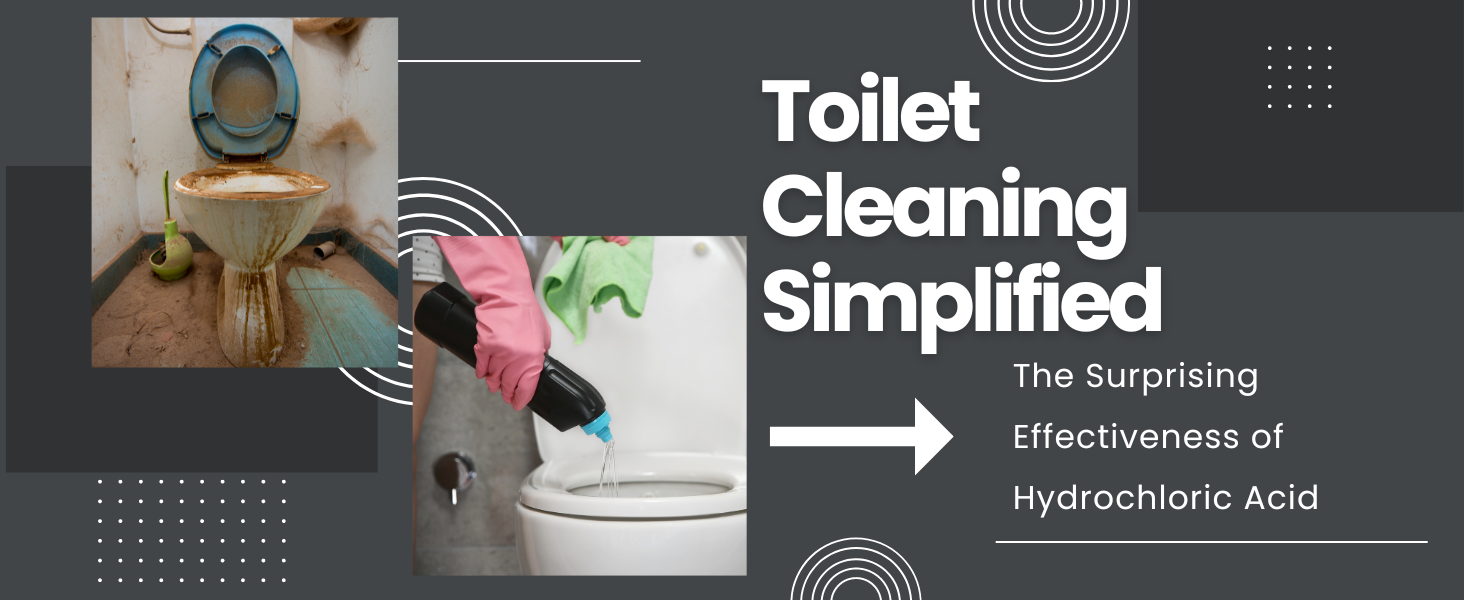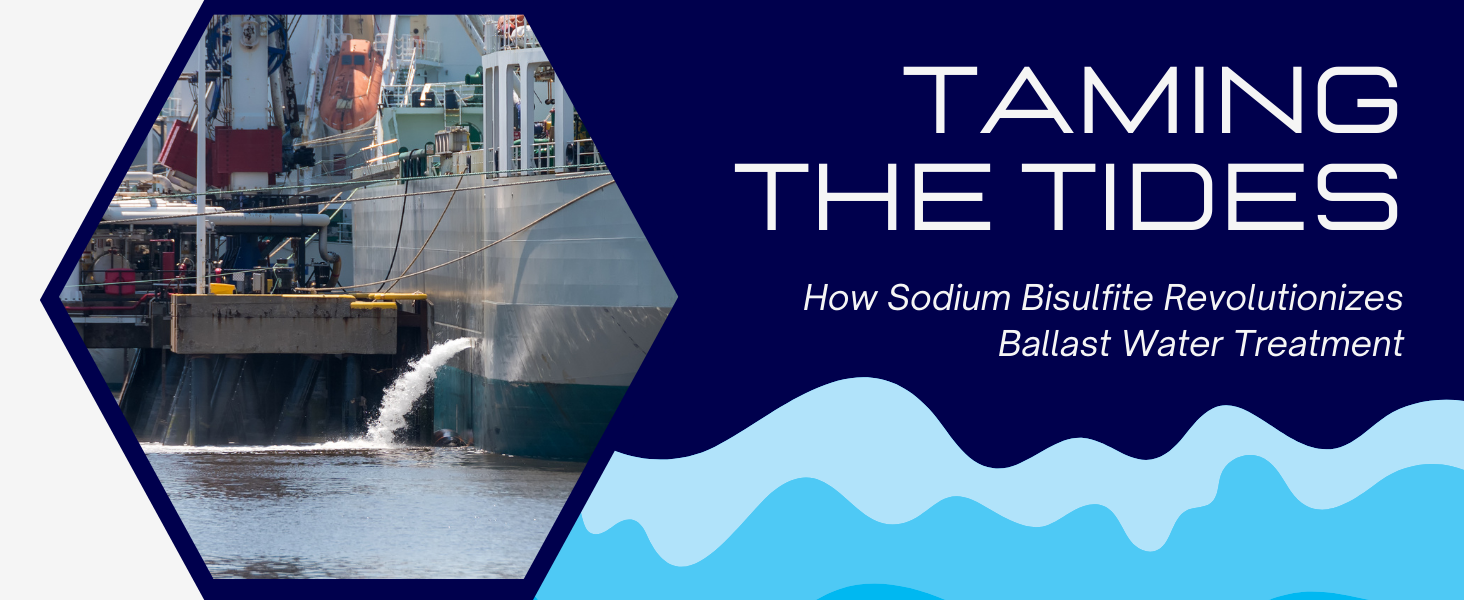
From Cloudy to Clear: The Essential Role of Aluminum Sulfate in Coagulation & Flocculation
Table of Contents
- Introduction to Coagulation-Flocculation
- Understanding Aluminum Sulfate
- Coagulation-Flocculation Process Explained
- Application in Pond Water Treatment
- Environmental Impact and Safety
- Efficiency and Parameters
- Case Studies and Real-World Examples
- Best Practices in Coagulation-Flocculation
- Future Directions and Innovations
- Conclusion
- References
Introduction to Coagulation-Flocculation
Welcome to our in-depth exploration of coagulation-flocculation, a critical process in water treatment, particularly in the clarification of pond waters and wastewater. In this article, we focus on the use of aluminum sulfate, a key agent in this process. This guide is tailored for those seeking a comprehensive understanding of how aluminum sulfate transforms murky water into clear, quality water.
Coagulation-flocculation is a chemical water treatment technique typically used to remove suspended particles from water. It’s an essential step in water purification, ensuring safe and clear water. The process involves two main stages: coagulation, where chemical substances (coagulants) are added to water to facilitate the aggregation of suspended particles into larger particles called flocs; followed by flocculation, where gentle stirring encourages the flocs to grow bigger and more easily removable.
Among the various coagulants available, aluminum sulfate, commonly known as alum, is widely used due to its effectiveness and affordability. When introduced into water, aluminum sulfate initiates a series of reactions that result in the formation of aluminum hydroxide, which, through its sticky surface, captures and binds suspended particles, leading to cleaner water.
This article will delve into the science behind coagulation-flocculation, the role of aluminum sulfate, its application in different water treatment scenarios, environmental considerations, and much more. Our goal is to provide a thorough understanding that empowers our readers, whether they are industry professionals, environmental scientists, or simply curious individuals.
Understanding Aluminum Sulfate
Aluminum sulfate, often referred to as alum, plays a pivotal role in the coagulation-flocculation process. It’s a chemical compound with the formula Al2(SO4)3. Widely used in water treatment, it’s known for its effectiveness in reducing water turbidity and removing impurities.
Chemical Properties
As a coagulant, aluminum sulfate reacts with water to form aluminum hydroxide, a precipitate that helps in trapping the suspended particles. This reaction is pH-dependent, and therefore, adjusting the pH of the water is crucial for maximizing the efficiency of alum. Typically, a pH range of 5.5 to 7.5 is considered optimal for coagulation.
How Aluminum Sulfate Works in Coagulation-Flocculation
When added to water, alum dissociates to release aluminum ions (Al3+). These ions react with water to form aluminum hydroxide, which, as it forms, enmeshes suspended particles. This process is known as coagulation. During flocculation, these coagulated particles are bonded together into larger aggregates or flocs, which can be easily removed by sedimentation or filtration.
Application in Water Treatment
Aluminum sulfate is used in various water treatment applications. It’s particularly effective in treating cloudy water sources, such as those in ponds or wastewater facilities. Its role in reducing the amount of harmful contaminants, like bacteria and organic compounds, is crucial for maintaining water quality.
Safety and Handling
While aluminum sulfate is an effective coagulant, handling it requires caution. It should be stored in a dry area and handled with protective equipment to avoid skin or eye contact. Proper storage and handling guidelines are essential to ensure safety and maintain its effectiveness.
-
 Aluminum Sulfate 50%$25.00 – $4,536.00
Aluminum Sulfate 50%$25.00 – $4,536.00
Coagulation-Flocculation Process Explained
The coagulation-flocculation process is a cornerstone in water treatment, essential for removing impurities and ensuring water clarity. This section breaks down the process, highlighting the critical role of aluminum sulfate.
Stages of Coagulation-Flocculation
The process is divided into two main stages: coagulation and flocculation. Coagulation is the first step, involving the addition of coagulants like aluminum sulfate to water. These coagulants neutralize the electrical charges of fine particles, allowing them to come closer and start forming larger particles. Flocculation follows, where gentle mixing encourages these particles to form larger aggregates, known as flocs, which can be easily separated from the water.
Role of Aluminum Sulfate
Aluminum sulfate is effective in coagulation because it introduces positively charged aluminum ions (Al3+) into the water. These ions help to neutralize the negative charges on suspended particles, facilitating their aggregation. The resulting aluminum hydroxide flocs are large enough to be removed by sedimentation or filtration.
Optimizing the Process
For optimal results, several factors must be considered. The pH of the water significantly influences the effectiveness of aluminum sulfate. Maintaining an optimal pH (usually between 5.5 and 7.5) ensures the best coagulation conditions. Additionally, the dosage of aluminum sulfate needs to be carefully controlled to match the characteristics of the water being treated.
Common Applications
This process is extensively used in municipal water treatment plants for purifying drinking water. It’s also a preferred method for treating wastewater and industrial effluents, where it helps in reducing turbidity, removing organic matter, and decreasing bacterial counts.
Application in Pond Water Treatment
Coagulation-flocculation with aluminum sulfate is not just limited to industrial water treatment; it’s also highly effective in managing the clarity and quality of pond waters, often challenged with turbidity and contamination.
Challenges in Treating Pond Water
Ponds, especially those in agricultural or recreational areas, frequently encounter issues like murky water, excessive algae growth, and contamination from organic matter and sediments. These challenges require targeted treatment strategies to maintain ecological balance and water clarity.
Using Aluminum Sulfate in Ponds
Aluminum sulfate is particularly useful in pond water treatment. It helps in binding fine particles and sediments, clearing up the water. The application rates and methods vary depending on the size of the pond, the extent of turbidity, and the type of contaminants present.
Environmental Considerations
While aluminum sulfate is effective, it’s crucial to consider environmental impacts. Appropriate dosing minimizes risks to aquatic life and ensures that the natural ecosystem of the pond is not disrupted. Regular monitoring of water quality post-treatment is essential to assess the effectiveness and make necessary adjustments.
Case Study: Successful Pond Treatment
An illustrative example is a case study of a recreational pond treated with aluminum sulfate. The treatment led to significant reduction in turbidity and improvement in water quality, without harming the aquatic flora and fauna. This case underscores the importance of correct dosing and monitoring in pond water treatment.
Environmental Impact and Safety
While aluminum sulfate is a valuable tool in water treatment, it’s essential to consider its environmental impact and safety aspects. This section explores these concerns and offers guidance for responsible usage.
Potential Environmental Concerns
The use of aluminum sulfate can lead to changes in water pH and residual aluminum levels, which might impact aquatic ecosystems. Overdosing can cause detrimental effects on fish and other wildlife, emphasizing the need for careful management of its application.
Safety in Handling and Use
Safety is paramount when handling aluminum sulfate. It can cause skin and eye irritation, and appropriate personal protective equipment (PPE) should always be used. Facilities using aluminum sulfate should have material safety data sheets (MSDS) readily available and follow the recommended guidelines.
Managing Residuals and Sludge
The treatment process generates sludge containing trapped contaminants and excess coagulant. Proper disposal or recycling of this sludge is crucial to prevent secondary environmental contamination. Innovative approaches, such as using sludge in construction materials, are being explored to manage this byproduct sustainably.
Regulatory Compliance and Monitoring
Compliance with environmental regulations is vital. Regular monitoring of water quality parameters, such as pH and aluminum concentration, helps ensure adherence to legal limits and protects environmental and human health.
Alternatives and Future Directions
Research into alternative coagulants and more environmentally friendly options is ongoing. These alternatives aim to provide effective water treatment while minimizing environmental impact, marking a significant direction for future innovations in this field.
-
 Aluminum Sulfate Hydrate ACS Grade$24.00 – $2,611.20
Aluminum Sulfate Hydrate ACS Grade$24.00 – $2,611.20
Efficiency and Parameters
Achieving optimal results in coagulation-flocculation involves understanding and controlling various parameters. This section discusses key factors influencing the efficiency of aluminum sulfate in water treatment.
Key Parameters Affecting Efficiency
The efficiency of aluminum sulfate in coagulation-flocculation is affected by several factors, including water pH, temperature, and the concentration of contaminants. The optimal pH range for aluminum sulfate is typically between 5.5 and 7.5, where it performs best.
Dosage Considerations
The dosage of aluminum sulfate is critical. Overdosing can lead to excessive sludge production and potential environmental harm, while underdosing may result in insufficient removal of contaminants. Dosage must be carefully calculated based on water quality parameters and treatment objectives.
Temperature Impact
Temperature can influence the reaction rate and floc formation. Higher temperatures generally enhance the coagulation-flocculation process, but can also affect the settling behavior of flocs.
Water Characteristics
The characteristics of the water being treated, such as turbidity, organic content, and the presence of microorganisms, significantly impact the choice of treatment strategy and the effectiveness of aluminum sulfate.
Monitoring and Adjusting the Process
Continuous monitoring and adjustment are essential for maintaining the efficiency of the coagulation-flocculation process. This involves regular testing of water quality parameters and making necessary adjustments to the treatment process.
Case Studies and Real-World Examples
To illustrate the practical application and effectiveness of coagulation-flocculation using aluminum sulfate, this section presents a selection of case studies and real-world examples from different contexts.
Municipal Water Treatment Success Story
A notable example is a municipal water treatment plant that implemented aluminum sulfate for turbidity removal. The plant successfully treated high volumes of water, significantly reducing turbidity levels and improving overall water quality, showcasing the compound’s effectiveness in large-scale operations.
Industrial Wastewater Treatment
Another case involves an industrial facility dealing with wastewater containing a high concentration of organic compounds. The introduction of aluminum sulfate in their treatment process led to a substantial decrease in contaminant levels, demonstrating its efficacy in industrial settings.
Agricultural Runoff Management
In an agricultural context, aluminum sulfate was used to treat runoff water laden with sediments and nutrients. The treatment successfully reduced water turbidity and prevented nutrient pollution in nearby water bodies.
Emergency Response to Pollution Incidents
The versatility of aluminum sulfate was also evident in its use in emergency responses to sudden pollution incidents, where rapid intervention was needed to control water contamination and protect aquatic ecosystems.
Insights and Lessons Learned
These cases provide valuable insights into the versatility and effectiveness of aluminum sulfate in different scenarios. They also highlight the importance of proper application and monitoring to achieve the desired outcomes.

Best Practices in Coagulation-Flocculation
To maximize the effectiveness of coagulation-flocculation with aluminum sulfate and ensure environmental safety, adherence to best practices is essential. This section outlines key recommendations and guidelines.
Accurate Dosage Calculation
Determining the correct dosage of aluminum sulfate is fundamental. This depends on factors such as water pH, temperature, and turbidity. Overdosing can cause excessive sludge and potential environmental issues, while underdosing may lead to ineffective treatment.
Optimal pH and Temperature Control
Maintaining the optimal pH (usually between 5.5 and 7.5) and temperature for the reaction to occur efficiently is crucial. This enhances the formation of flocs and improves the overall efficacy of the process.
Regular Water Quality Monitoring
Continuous monitoring of water quality before, during, and after treatment is vital. This includes testing for parameters like pH, turbidity, and residual aluminum, allowing for timely adjustments.
Environmental Compliance
Ensuring compliance with environmental regulations is mandatory. This involves managing the sludge produced during the process and avoiding any adverse impact on aquatic life and the surrounding ecosystem.
Continuous Process Improvement
Staying informed about the latest advancements in coagulation-flocculation technology and continuously seeking ways to improve the process efficiency and environmental footprint is recommended for practitioners in the field.
Future Directions and Innovations
The field of water treatment, including coagulation-flocculation processes, is continuously evolving. This section looks at emerging trends, ongoing research, and potential innovations that could shape the future of using aluminum sulfate in water treatment.
Advanced Coagulant Formulations
Research is ongoing into developing more efficient and environmentally friendly coagulant formulations. These advancements aim to enhance the effectiveness of aluminum sulfate, reduce sludge production, and minimize environmental impacts.
Integration with Other Treatment Methods
There is a growing trend in integrating coagulation-flocculation with other water treatment methods, such as membrane filtration, to increase efficiency and address more complex water contamination issues.
Automated and Smart Systems
Automation and smart technology are being increasingly applied in water treatment processes. These systems can optimize coagulant dosing, monitor water quality in real-time, and adjust treatment parameters automatically, ensuring more consistent and effective treatment.
Sustainable and Green Alternatives
The push for sustainability is leading to research into green and sustainable alternatives to traditional coagulants. These alternatives seek to provide effective water treatment while reducing the ecological footprint.
Addressing Emerging Contaminants
With new types of contaminants emerging, such as pharmaceuticals and microplastics, there is a need for coagulation-flocculation processes that can effectively remove these substances from water sources.
Conclusion
This article has provided a detailed exploration of the coagulation-flocculation process, with a particular focus on the use of aluminum sulfate. From understanding the basic principles and mechanisms of the process to discussing its practical applications and environmental considerations, we have covered a range of topics essential for professionals and enthusiasts alike in the field of water treatment.
Key Takeaways
The critical role of aluminum sulfate in effectively treating water by removing impurities and clarifying turbidity has been highlighted. We discussed the optimal conditions for its use, the importance of correct dosing, and the environmental considerations necessary to ensure safe and sustainable water treatment practices.
Looking Forward
The future of coagulation-flocculation is promising, with ongoing research and advancements aimed at enhancing its efficacy and reducing environmental impacts. The exploration of new coagulant formulations and integration with other treatment technologies points to an exciting and innovative path ahead.
Final Thoughts
As our understanding of water treatment evolves, so too will the methods and materials we use. Aluminum sulfate remains a cornerstone in coagulation-flocculation processes, and its continued use, along with emerging innovations, will play a vital role in ensuring access to clean and safe water across various applications.
-
 Aluminum Sulfate Hydrate ACS Grade$24.00 – $2,611.20
Aluminum Sulfate Hydrate ACS Grade$24.00 – $2,611.20 -
 Ferric Chloride 40%$23.00 – $4,185.00
Ferric Chloride 40%$23.00 – $4,185.00 -
 Aluminum Sulfate 50%$25.00 – $4,536.00
Aluminum Sulfate 50%$25.00 – $4,536.00













